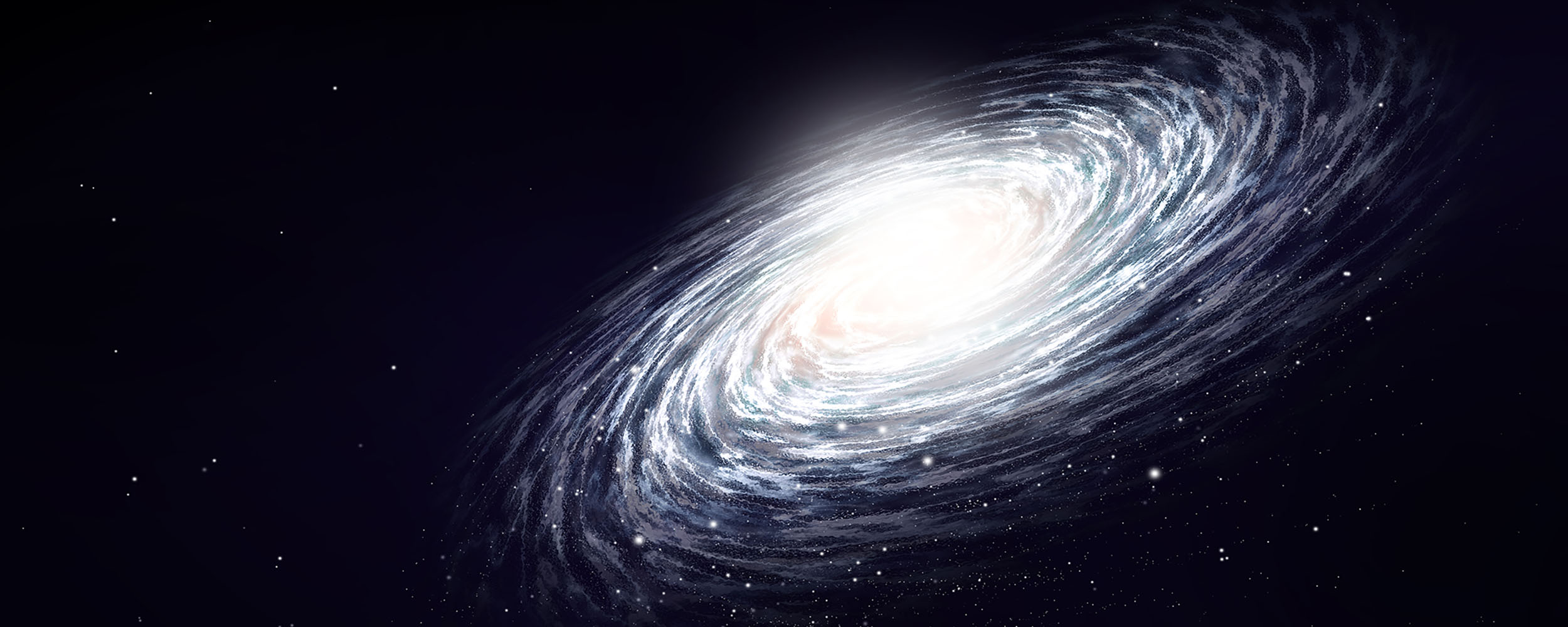
Stefan Baar - sbaar@nhao.jp
Research
Structure formation Shocks, Cosmology and Machine Learning
In my research, I am aming to to reveal the nature of so called radio relics and their role in Cosmology. Radio relics can be observed as diffuse radio emission at the lower end of the radio spectrum. It is belived, that those extended structures arise as a result of cluster merging processes. Unitl today, only a few relics have been identified (<100). Most of the radio relics are in the direct vicinity of merging galaxy clusters. One key interest is to broaden the number of known relics by scanning large radio surveys, such as NVSS or TGSS for diffuse emission. The main difficulty in detecting diffuese emission such as relics, halos or radio lobes, is that their emission is very weak and often obstructed by interferences of near-by, bright radio sources.
 |
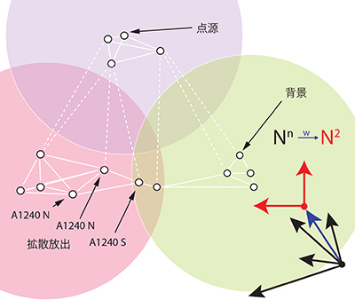
The sketch shows the targeted output for the three different models (strong point sources, background and diffuse sources) projected from a high dimensional parameter space into 2D. The graphic is describing the correlation between the individual objects and how strong they relate to each other (dashed lines - week, solid lines - strong) |
News
WFGS2 Slit Finder
WFGS2-SF
|
Simple python application for detecting the slit location and rotation angle of the WFGS2 device, currently installed at the 2m Nayuta telescope at the Nishi-Harima Astronomical Observatory.
|
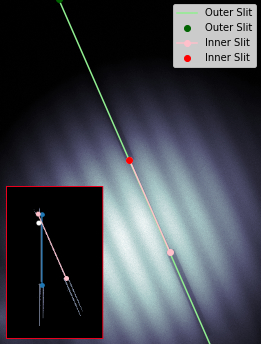 |
News
POL Moon finder
Mooning
|
Simple python application for detecting the area coverd by the moon within a frame of the POL device, currently installed at the 2m Nayuta telescope at the Nishi-Harima Astronomical Observatory.
|
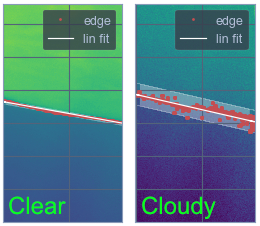 |
OS Approach for Telescope Pointing Analysis and Correction
TPC-Telescope-Pointing-Correction
Depending on mount, machanics and the overall telescope construction, the pointing accuracy and precission varries for each positon (Alt Az). For older telescopes, the pointing can varry quite strongly (>10'). We can create a set of pointing paramteres to roughly model the geometric misalignments from a set of coorinates and their offset. Since most software approches for correcting telescope pointing are hidden behind relatively expensice paywalls, I have started a github repo for analyzing and applying pointing corrections. The code is written in python using numpy, matplotlib, pytoch etc. and contains functions for solving and applying correction equations. For more information see the following jupyter notebook:
coming soon: |
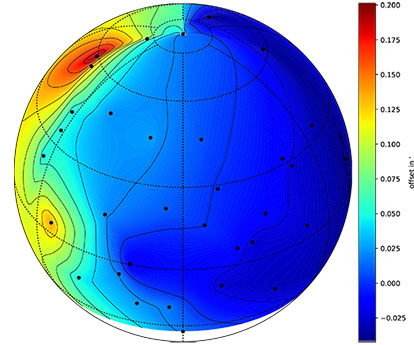 |
updated: 2019年04月13日
